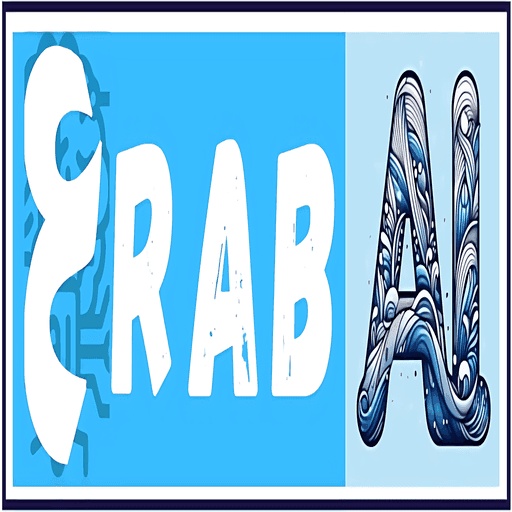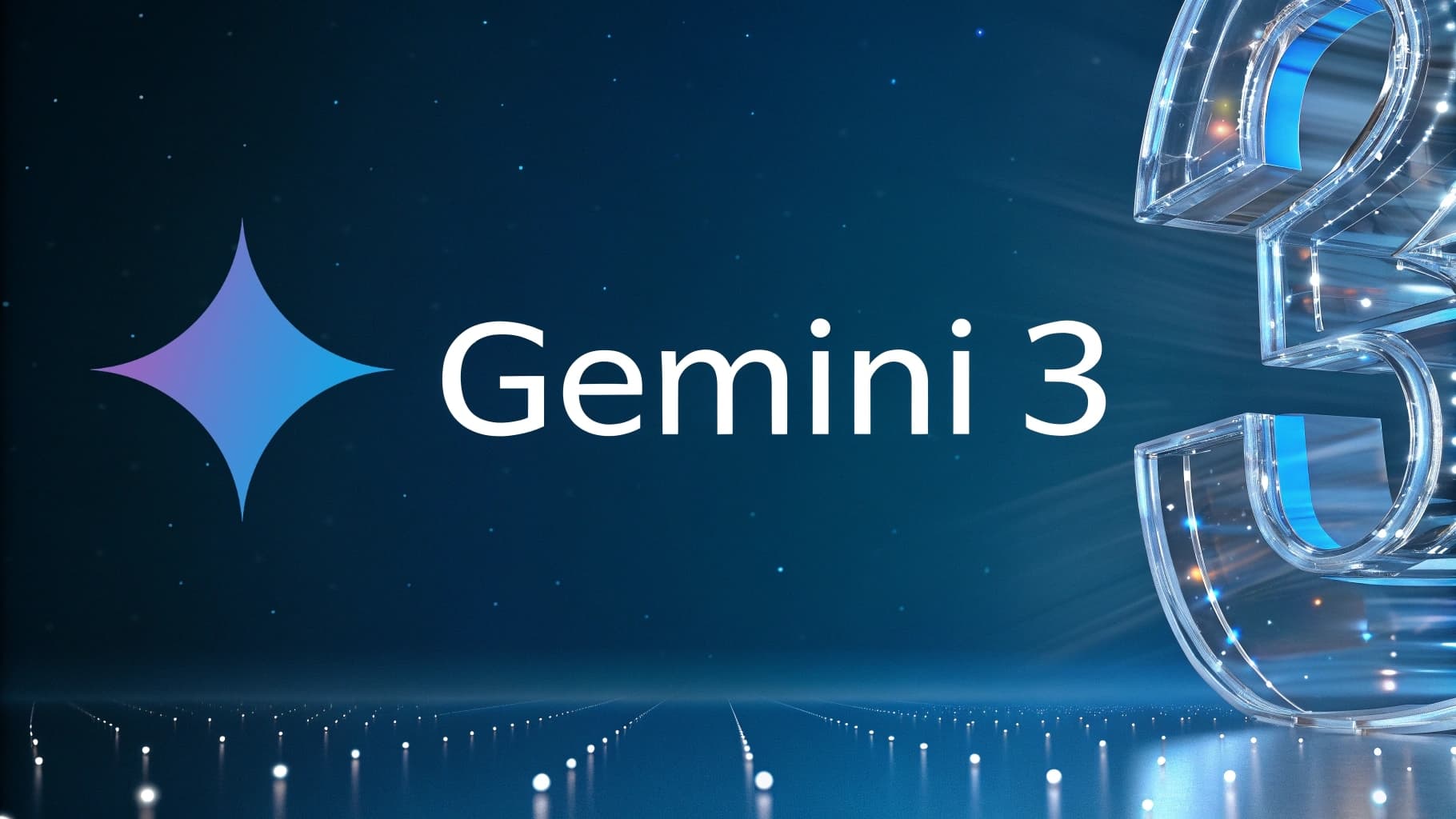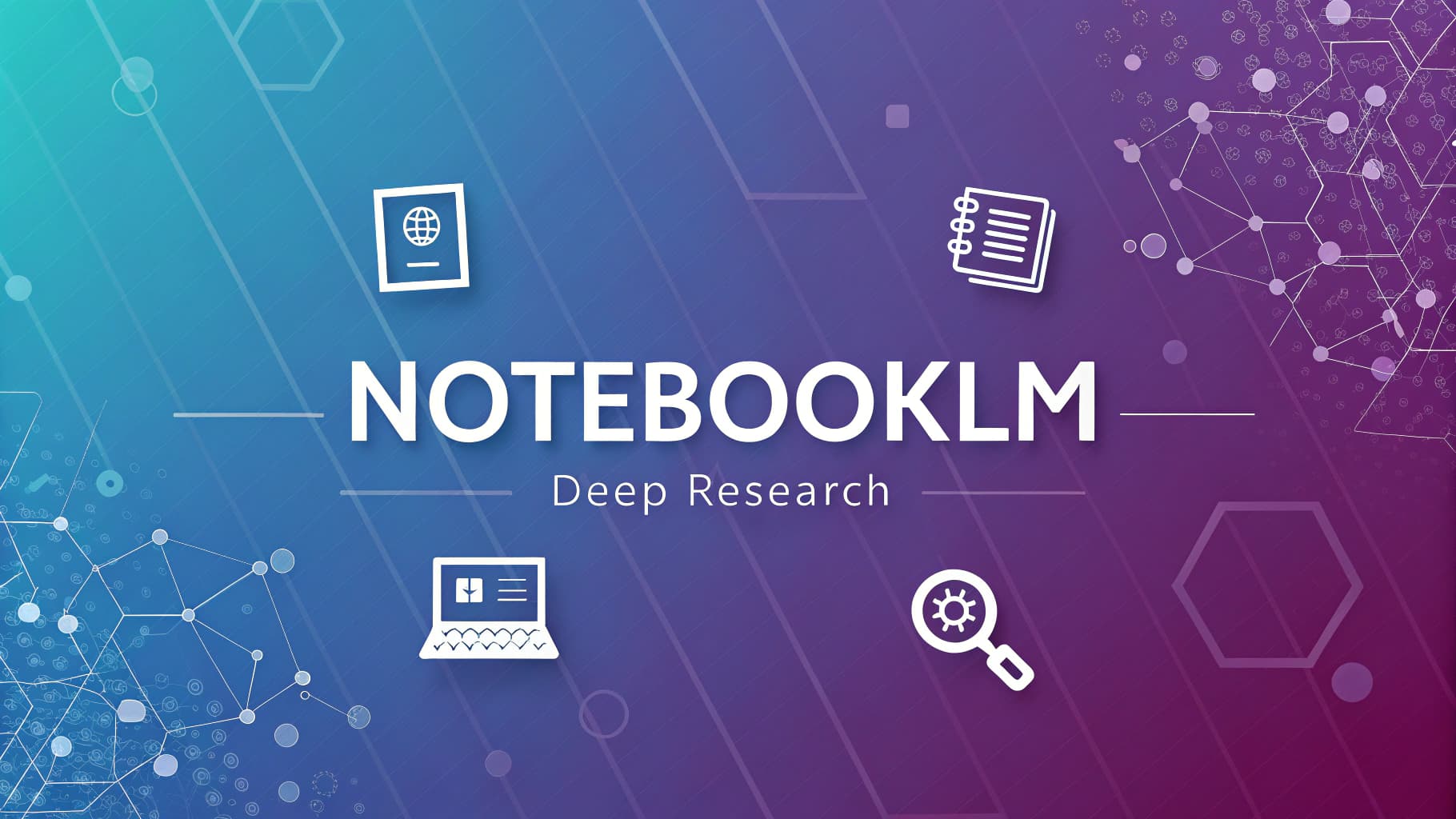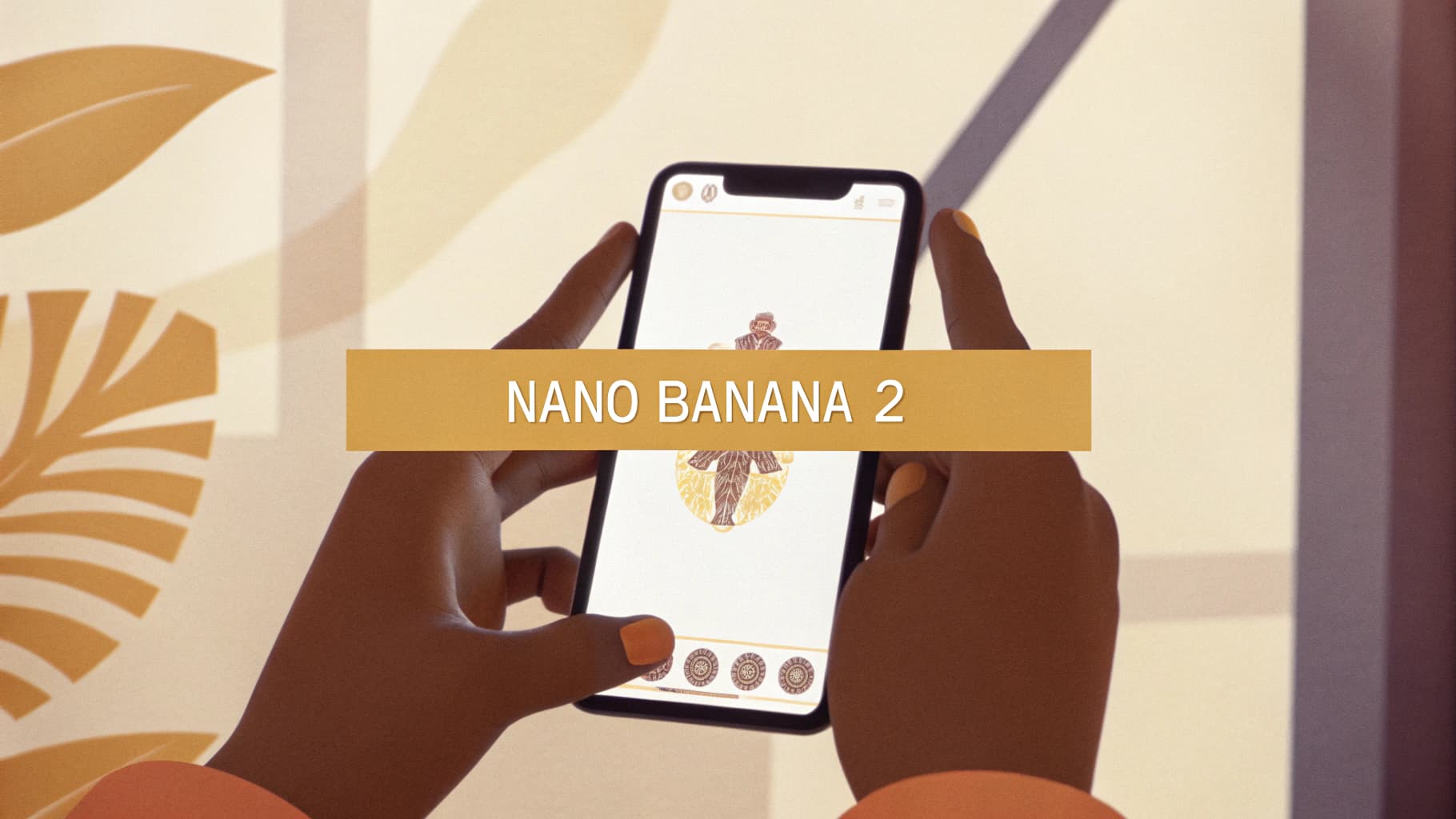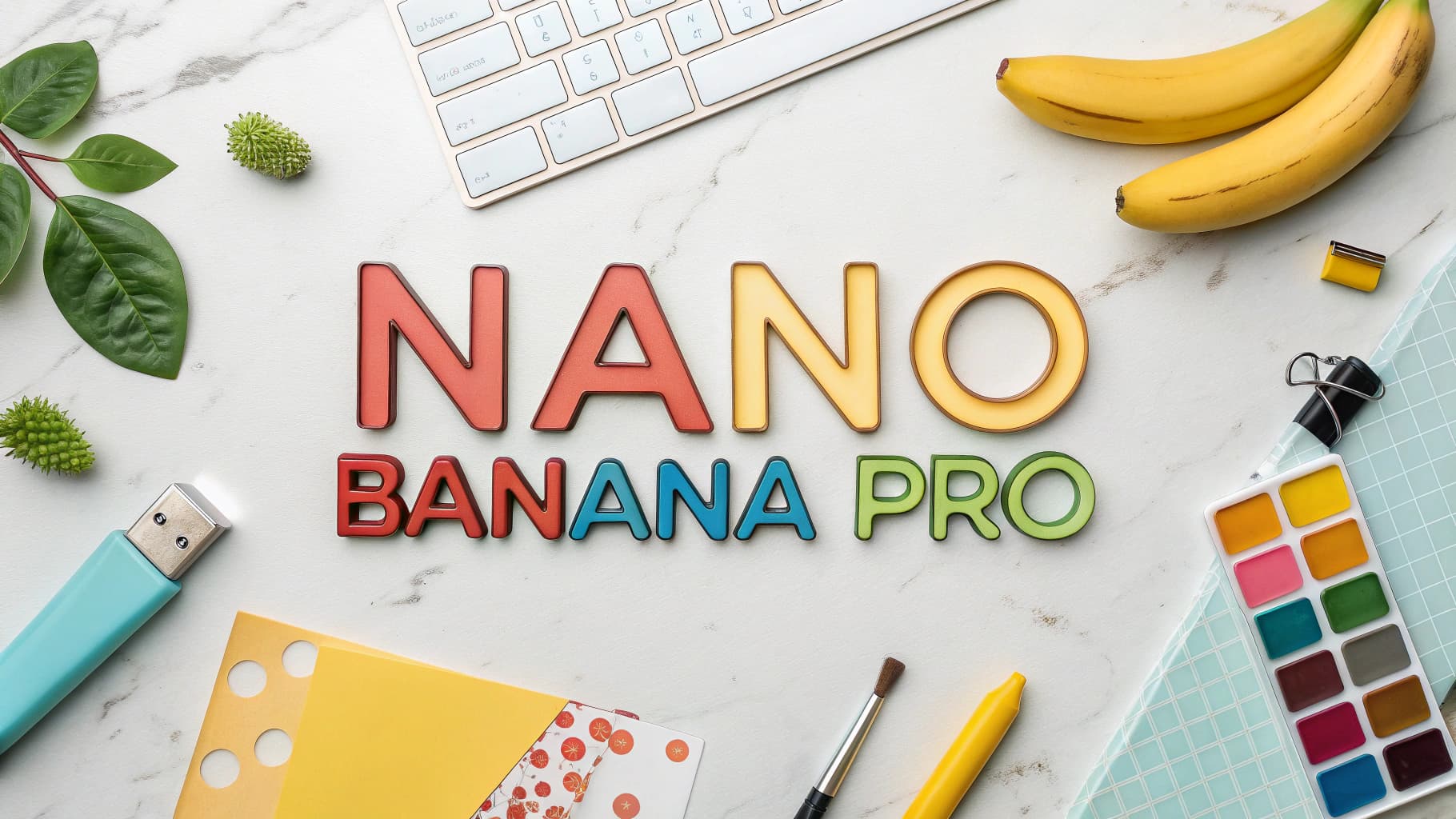
Google Launches Nano Banana Pro Officially: AI Image Tool Arrives with Unprecedented Professional Capabilities
Google announced on November 20, 2025, the official release of Nano Banana Pro, the upgraded version of its AI image creation tool that achieved widespread popularity in September. The new tool, built on the Gemini 3 Pro model the company recently launched, is now available free to everyone worldwide through the Gemini app.
From 3D Figurines to Full Professional Studio
The official name is Gemini 3 Pro Image, but the tech community quickly adopted the more popular nickname “Nano Banana Pro.” Josh Woodward, Vice President of Google Labs and Gemini, told CNBC that the new capabilities go far beyond the original version, which became famous for turning selfies into realistic 3D figurines.
“It’s incredible at infographics. It can make slide decks. It can take up to 14 different images, or five different characters, and sort of keep that character consistency,” Woodward explained.
4K Resolution and Clear Text for the First Time
One of the biggest problems AI image generators faced was the inability to create readable text. Distorted words became a telltale sign that an image was AI-generated.

Nano Banana Pro solved this problem fundamentally. The tool can now create perfectly clear text within images, whether short phrases on posters or long paragraphs on advertisements. It goes further by offering multiple font styles, handwriting simulation, and translation into several languages.
On another front, resolution jumped significantly. While the original version was limited to 1024×1024 pixels, you can now create images at 2K or even 4K resolution across various aspect ratios.
The Numbers Speak for Themselves
According to Google, the model achieved advanced results in major performance tests:
- Outperformed competitor models in generated text quality
- Higher accuracy in preserving character features across multiple scenes
- Ability to blend up to 14 reference elements in a single image
- Support for up to 5 people while maintaining complete consistency
Infographics and Accurate Information
The model leverages Gemini 3 Pro’s capabilities in deep understanding of the real world. It can now create complex infographics explaining scientific concepts, turn handwritten notes into diagrams, or even design interactive charts.
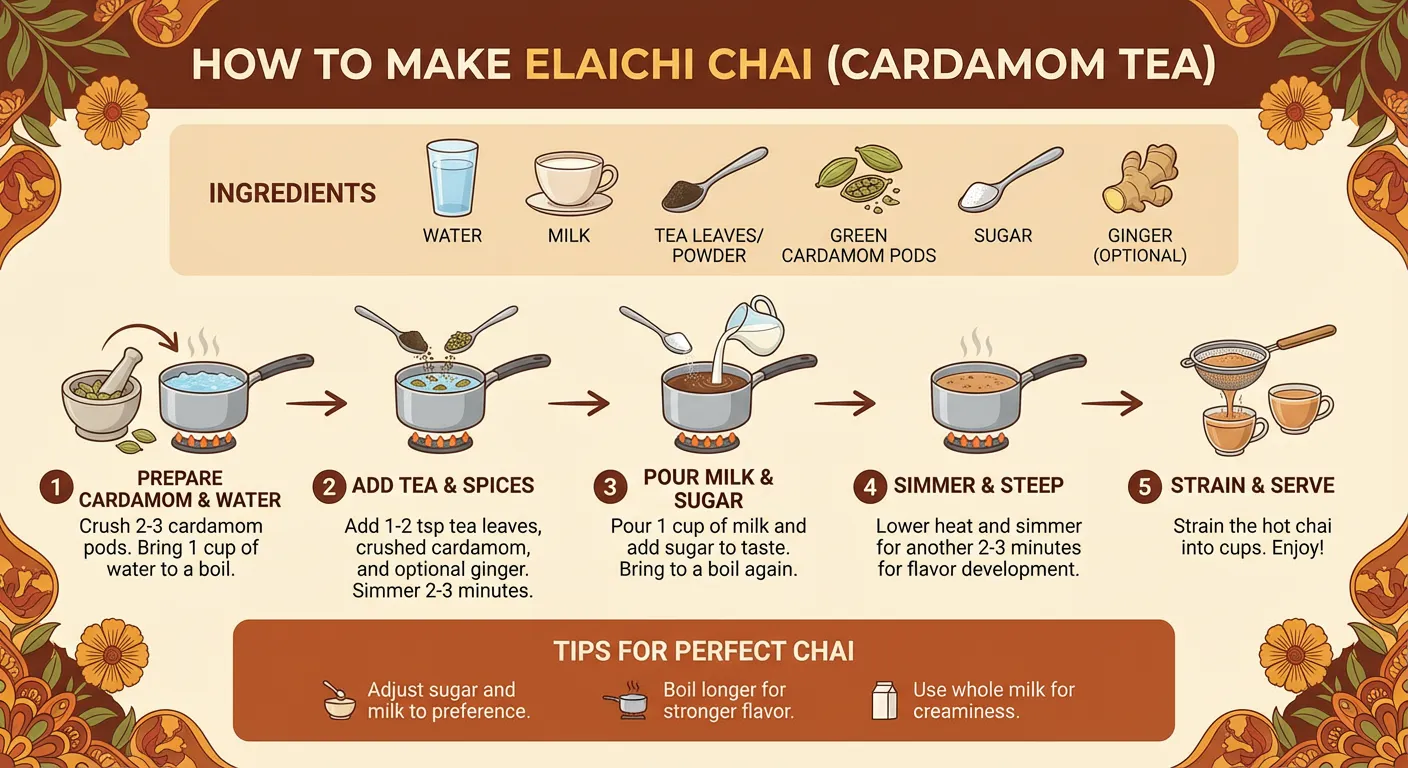
Woodward noted that internal users experimented with inputting code snippets and even LinkedIn resumes to create infographics.
“I think this ability to visualize things that were previously maybe not something you would think of as a visual medium that tends to be one of the magic things people are finding with it,” he added.
Unprecedented Professional Control Tools
Even so, the real advancement lies in precise control tools. Nano Banana Pro isn’t just an image generator-it’s a complete editing studio:
Camera and Lighting Control:
- Choose camera angles (wide angle, panoramic, close up)
- Adjust depth of field and focus
- Change lighting from day to night
- Add bokeh or dramatic chiaroscuro effects
- Professional color grading
Local and Precise Editing:
You can select any part of the image to edit separately. Change clothing on a specific character, add new elements, or modify the background without affecting the rest of the image.
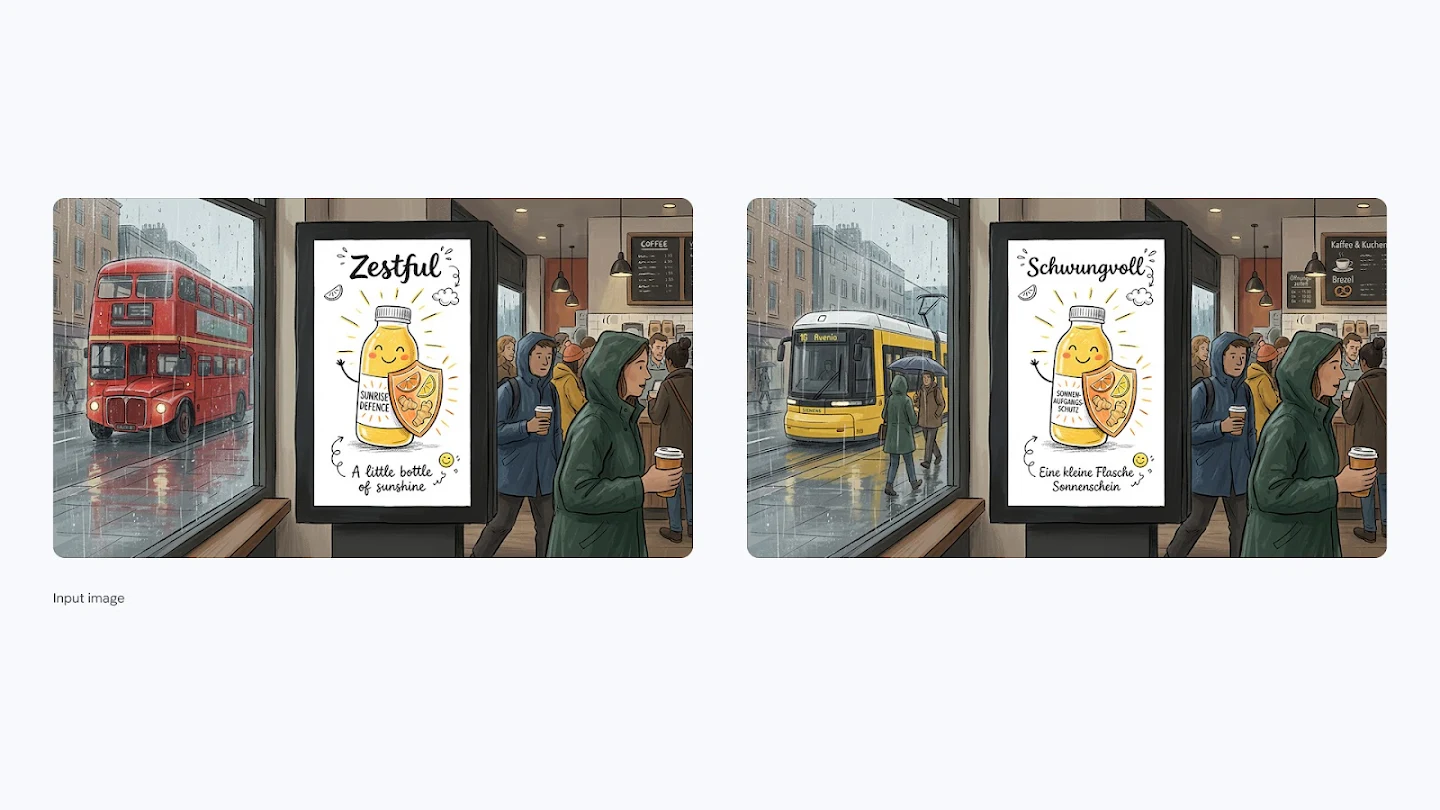
Multiple Aspect Ratios:
Easily convert images between different aspect ratios (1:1, 4:3, 16:9, 9:16, and more) to suit any platform or use.
Where Can You Use Nano Banana Pro?
Google announced the tool’s availability across its various platforms:
For General Users:
- Gemini app (select “Create image” then “Thinking” model)
- NotebookLM for research and analysis
- Google Slides and Vids for Workspace subscribers
- AI Mode in Google Search (for Pro and Ultra subscribers in the United States)
For Developers:
- Gemini API
- Google AI Studio
- The new Antigravity development platform
Meanwhile, Ultra subscribers will soon get access to the tool in Flow, Google’s AI filmmaking app.
Free vs. Paid: What’s the Difference?
The tool is available free to everyone, but with usage limits. Once you exhaust your free quota, the system automatically switches you back to using the original Nano Banana model.
Google AI Plus, Pro, and Ultra subscribers (subscriptions start at $20 monthly) will get higher quotas, though Google didn’t disclose exact numbers.
For developers via API, Google set the pricing as follows:
- $0.139 per 1080p or 2K image
- $0.24 per 4K image
- $0.039 per image with the original model (1024px)
Watermarks: The New Controversy
In this context, Google introduced a controversial change. Images created with Nano Banana Pro won’t carry the visible diamond-shaped watermark that Google AI images became known for.
Instead, the company relied on SynthID technology, an invisible watermark embedded in the image. The more controversial part: Ultra subscribers (at $250 monthly) will get the option to remove visible watermarks completely.
According to Google, you can upload any image to the Gemini app to discover whether it was created with Google’s tools, thanks to SynthID. However, the effectiveness of this system is still being tested in the real world.
Previous Success Creates Big Pressure
The original Nano Banana achieved massive success. Woodward noted in a September post on X that the tool helped add 13 million new users to the Gemini app in just 4 days.
Currently, Gemini app users exceed 650 million monthly active users, while 2 billion people use AI Overviews in Google Search, according to company data.
By contrast, ChatGPT tops the free apps list on Apple’s App Store, while Gemini holds second place. Sam Altman, OpenAI’s CEO, announced in October that ChatGPT reached 800 million weekly active users.
Limitations You Should Know
Despite major progress, Google acknowledged existing limitations:
- Not every image will be perfect – problems may appear in small faces and fine details
- Real-world knowledge is extensive but not infallible
- Translation may struggle with grammar or cultural expressions
- Complex edits may sometimes produce unnatural results
- Character feature preservation is excellent but not always perfect
The company stated it’s “still working to improve these key capabilities” and asked users to “always verify image accuracy – including text within them.”
Fierce Competition with OpenAI
The launch comes at a sensitive time. OpenAI announced two GPT-5 model updates last week to make it “warmer by default and more conversational” and also “more efficient and easier to understand in everyday use.”
Woodward indicated that Google AI products are seeing growing demand, with many turning to paid subscriptions to get “higher limits with these advanced models.”
“We’re seeing high numbers of people coming to lots of these products. That’s really the best problem to have, is there’s a lot of demand, and we’re trying to figure out actually how to serve it,” Woodward said.
The Bottom Line
After earlier leaks proved accurate, Nano Banana Pro arrived with capabilities exceeding expectations. The tool is no longer just a toy for converting selfies-it’s become a complete professional studio for designers, marketers, and creators.
Through 4K resolution, clear text, professional control tools, and integration with the complete Gemini 3 ecosystem, Google positions its tool as a serious competitor in the AI image generation market.
The tool is available now for free. The only remaining question: What will you design with it today?
